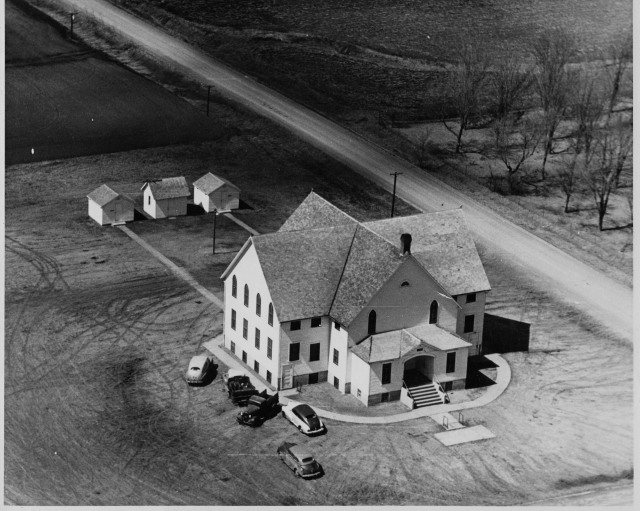Today I got inspired: to do something about these boxes of 360K and 1.44MB floppies scattered about the house. There are boxes dedicated to floppies, and floppies in boxes for other things, and floppies stacked on shelves. Some of them have moved with me through three states and thousands of miles without ever being read. Some are nearly 20 years old.
There’s a lot of stuff on those disks. Memories of grandparents, elementary and high school projects, and some code I wrote years ago in Pascal or C.
I decided to read in as many as I can and burn them all out to a CD-R or DVD-R.
Easy enough, right?
Well, not so much.
First, there’s the problem of reading the data itself. Some of the floppies have developed bad sectors in the years since they were last used. Most were formatted under DOS or Windows, and Linux has plenty of tools for reading FAT filesystems. But a few used OS/2’s HPFS. Not so easy to read these days.
1.44MB drives are still not too hard to find, but when’s the last time you saw a new PC sporting a 5.25″ drive? Bet it’s been a long time.
Then, there’s the problem of proprietary data formats. Back in the days of DOS, WordPerfect ruled the day for word processors. WordPerfect had pretty much the sort of stranglehold on the market then that Microsoft Word has today. I wrote lots of material in WordPerfect.
It’s all pretty difficult to get at these days. The very best thing I can do is install WordPerfect 6.0 for DOS and a PostScript printer driver. That will get *close* to the original document formatting, though not exact. (WordPerfect documents were tied to the fonts available in a particular printer, and an Apple Laserwriter doesn’t have much in common with a Panasonic KX-P1180 dot-matrix.) Once I have a PostScript file, I can pull it onto a Linux box and convert it to PDF. Lots of hassle.
Massachusetts made a wise move recently. If you really care about being able to read your documents decades down the road, you can’t be using a proprietary file format. Nobody would have expected WordPerfect’s spectacular fall (primarily due to being late to market with a Windows port). Nobody today expects a Word fall (perhaps due to being late to market with a Linux port?). But it probably will happen.
Then there’s the problem of proprietary software. WordPerfect is proprietary, and so is DOS. Neither are really prepared to run from a hard disk measuring in the hundreds of gigabytes on a modern PC sporting USB and other technologies never heard of in the 80s. But these are some of the easier apps. (Yes, I know there’s a Linux version of WordPerfect, but again, it’s proprietary, and can be difficult to make run on modern systems.)
Try an app like Lotus 1-2-3 that had copy protection. Or one that assumed that it can do whatever it wants with hardware. Not quite so easy now. VMWare can help sometimes, but sometimes it hinders. I had a lot of data backed up with Central Point Backup, part of the PC Tools suite. It formatted floppy disks in a special way (if I remember correctly, somehow getting one extra sector in each track.) Can’t even read them in Linux, and VMWare is clueless about what to do with them.
So I am converting everything I can to a standard, open format. Documents go to text and PDF. The CD/DVD is burned with RockRidge and Joliet, so just about any OS can access it. Documents I write now are mostly done in just ASCII or in LyX, both of which are readable as plain text. Linux can read many open formats that existed in the Unix world before Linux even did. I feel much better about things now.
But then there’s this blog. It’s stored in a MySQL database.
Sigh.
At least I have the source.

